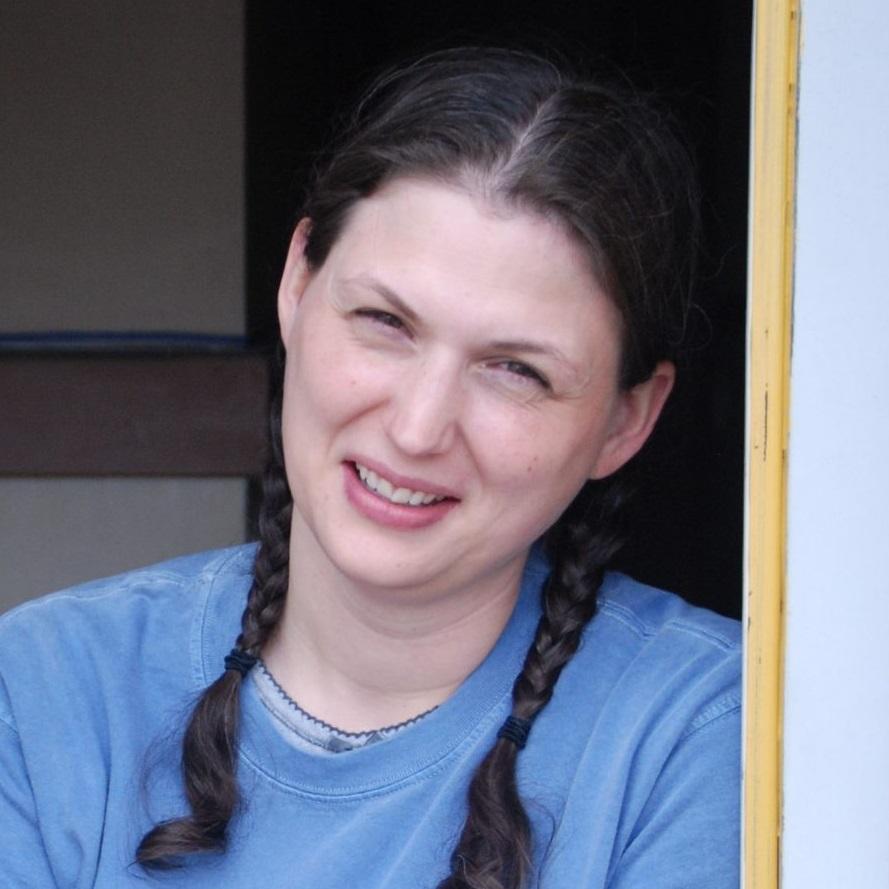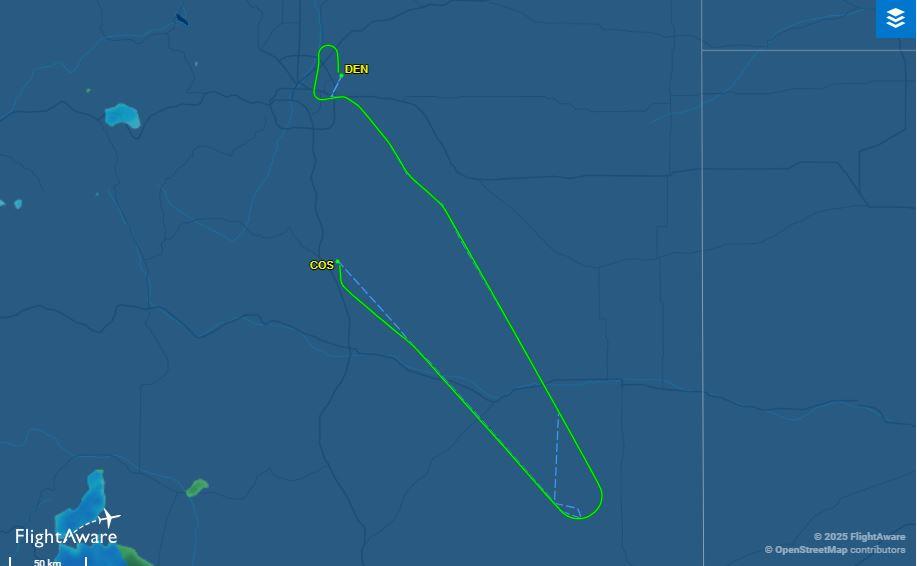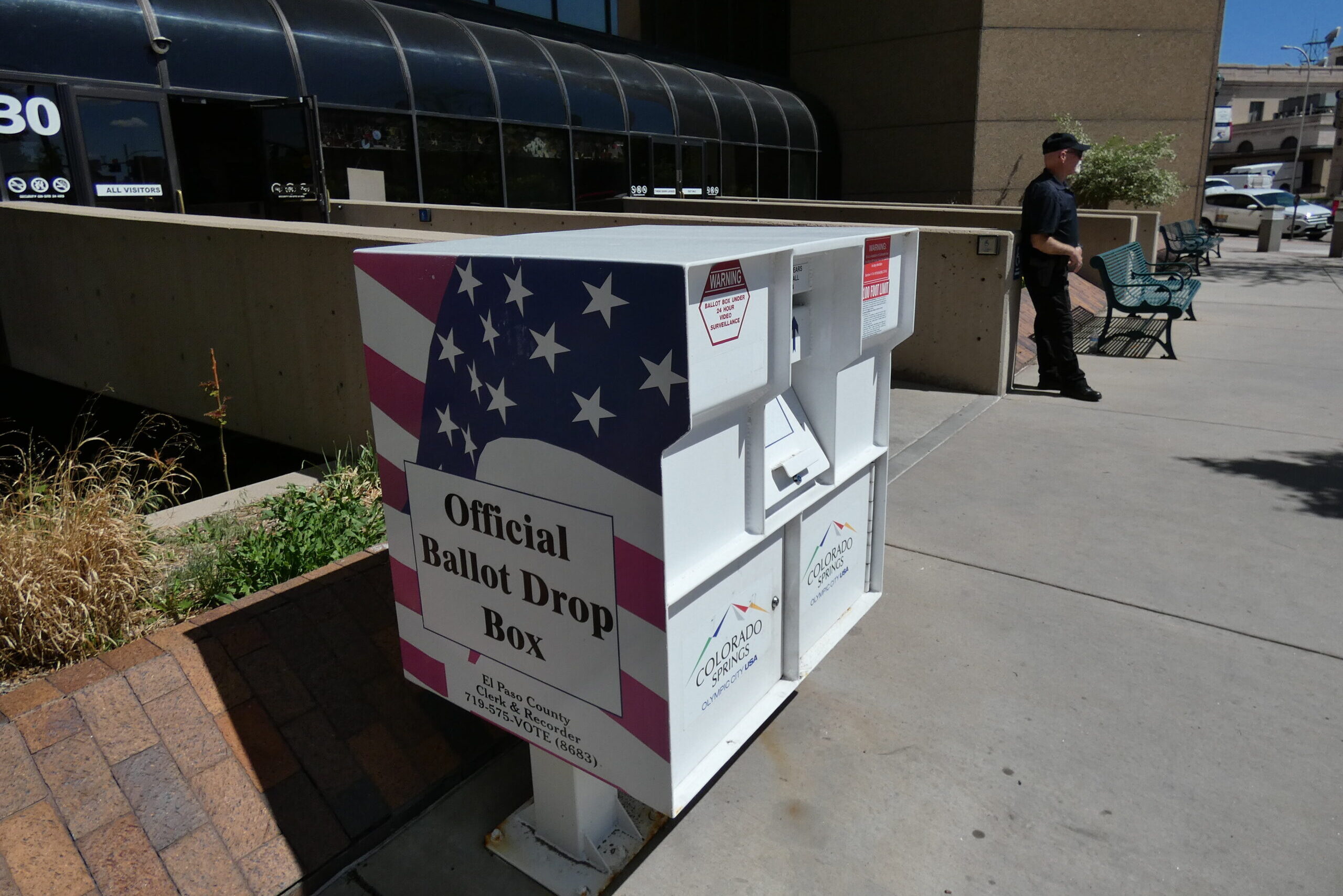
Colorado’s legislature this year created the state’s own air fleet for fighting wildfires. The endeavor includes four helicopters, two single engine air tankers, and two PC-12 single engine planes equipped with new thermal imaging technology. The move has put Colorado at the forefront of utilizing advanced technology to battle the destructive blazes. Reporter Ryan Maye Handy wrote a series of articles for the Colorado Springs Gazette about this new technology. She spoke with KRCC's Andrea Chalfin about it.
KRCC: The Colorado legislature set aside $20 million dollars for the state’s own air fleet, and two of those crafts are these PC-12’s for what the Colorado Office of Emergency Management calls “Multi-Mission Aircraft.” But the specific purpose is this new thermal imaging technology. Describe what that is and what it does for firefighters.
HANDY: Thermal imaging basically shows differences in temperature, and fire officials have two main applications for this.
The first is fire detection. Part of the impetus for this came from how long firefighters searched for the origin of what would become the 2012 Waldo Canyon fire. Records show the search for the source of that smoke began on that Friday, June 22nd, and continued into Saturday with no point of discovery until around noon, when it was already way too late. The idea is that the thermal imaging technology in this aircraft would allow pilots to fly over where the smoke has been reported and immediately locate the source. In theory, that would allow boots on the ground to deal with it long before the fire becomes too big of a problem.
The second purpose of thermal imaging technology is more detailed and frequent updates to fire data maps. These planes are designed to fly in just about any condition—at night, during the day, through smoke—and the expectation is they can provide close to real time updates to managers and crews on the ground and let them know where the intense hotspots are. The advantage is that can really help inform their firefighting strategy.

KRCC: That’s different than what firefighters use now, which is infrared technology. Why is infrared technology limited in its application?
HANDY: Infrared planes are run by the Forest Service, and there are two planes, they’re known as NIROPs. And they fly over fires once every 12 hours, and they can only fly at night. Infrared cameras work differently than thermal images. Infrared are basically a bunch of mirrors that collect light from the Earth’s surface, and because of this, they’re not very accurate or precise. They can mistake things like really hot rocks for hot spots. Also, fires are really bright on infrared images, too bright. So those images aren’t really detailed.
KRCC: Officials are calling this a game changer, but you write that this type of technology has been in development since 2001. Why has it taken more than a decade for it to enter the picture?
HANDY: Thermal remote sensors, as they’re called, are really nothing new. The military’s been using them for years. NASA and NOAA have also been using them for years to look at fires. But, what’s new is getting thermal images to be used regularly by firefighters. What’s also new is the ability to get those thermal images to firefighters right away.
There are a few counties in California that have been using thermal technology. These counties will contract with private companies to fly over a fire, and Oregon’s been doing the same thing. But Colorado is really the first state to have planes of its own on contract for statewide use.
As for why has it taken so long? Setting aside the whole process of getting the technology right, I think that’s mostly a question of firefighting culture. Thermal technology has been around for a while, but it’s just a matter of getting firefighters to use it and making it firefighter friendly, so to speak.
KRCC: Obviously this is new technology for the aerial assets, but the boots on the ground also are to benefit from this. What kind of learning curve is there with this in terms of training local fire crews, or coordinating with federal fire crews?
HANDY: At least at the statewide level, fire crews are going to have to become familiar with the system that is called COWIMS, which is the statewide computer-based fire information system. So, think of it as like a big software program that firefighters can sign into with usernames and passwords and they’re going to have to learn how to navigate that.
Through that program, they’ll be able to see these thermal maps, which I think are actually really intuitive. Instead of a distinct and static line around a fire, like an infrared map would have, thermal maps show hotspots. So they show where the fire is burning at the hottest. Firefighters have knowledge of that anyway, and attacking and controlling hotspots is really how they’ve always kind of operated. So, I think the biggest change and the biggest learning curve is going to be on how to operate with real-time information.
KRCC: One of the issues we saw with both the Waldo Canyon fire and Black Forest fire is this notion of jurisdictions- with Waldo it was a question about when the C-130s could get into the air, and with Black Forest, questions arose about when authority was handed over to the county. Are there any sort of related issues over the use of these planes, or is it simply that the county or whoever can just call up the state and say, “Hey, can we get a PC-12 here?”
HANDY: That’s exactly how it’s supposed to work—a simple phone call and a request should get the planes over the fire. But in terms of glitches, you really said it—the biggest issue would probably be jurisdiction. These PC-12s will be available to any fire that has state resources on it—but what if the fire, like Waldo Canyon or High Park, starts in forest service land? That could be pretty common, and is really common, in Colorado, but the odds that process of getting the planes from the state to the federal fire fighting crews is probably going to be pretty streamlined.

KRCC: Are there any other implications for this technology?
HANDY: Definitely—these planes are called multi-mission aircraft for a reason. I’ve been told that they can really help with any state search or rescue mission except looking for escaped prisoners. They can’t “see” through snow, though, so they might be limited in avalanche cases. But the state intends to use them for backcountry searches, rescue missions, really anything that could benefit from picking up heat signatures on the landscape. Also, just because Colorado has these planes, that doesn’t mean we can’t share them.
Right now, they have a test flight, a temporary PC-12 that’s equipped with the same technology, will take to the skies on August 31. The state plans to have their own two planes equipped sometime this fall.
You can read reporter Ryan Maye Handy's original articles in the Colorado Springs Gazette here:
'A game-changer:' PC-12s put Colorado firefighters ahead of the curveTechnology will make mapping fires more timely, accurateNew planes could have helped firefighters locate Waldo Canyon fire before it grew







